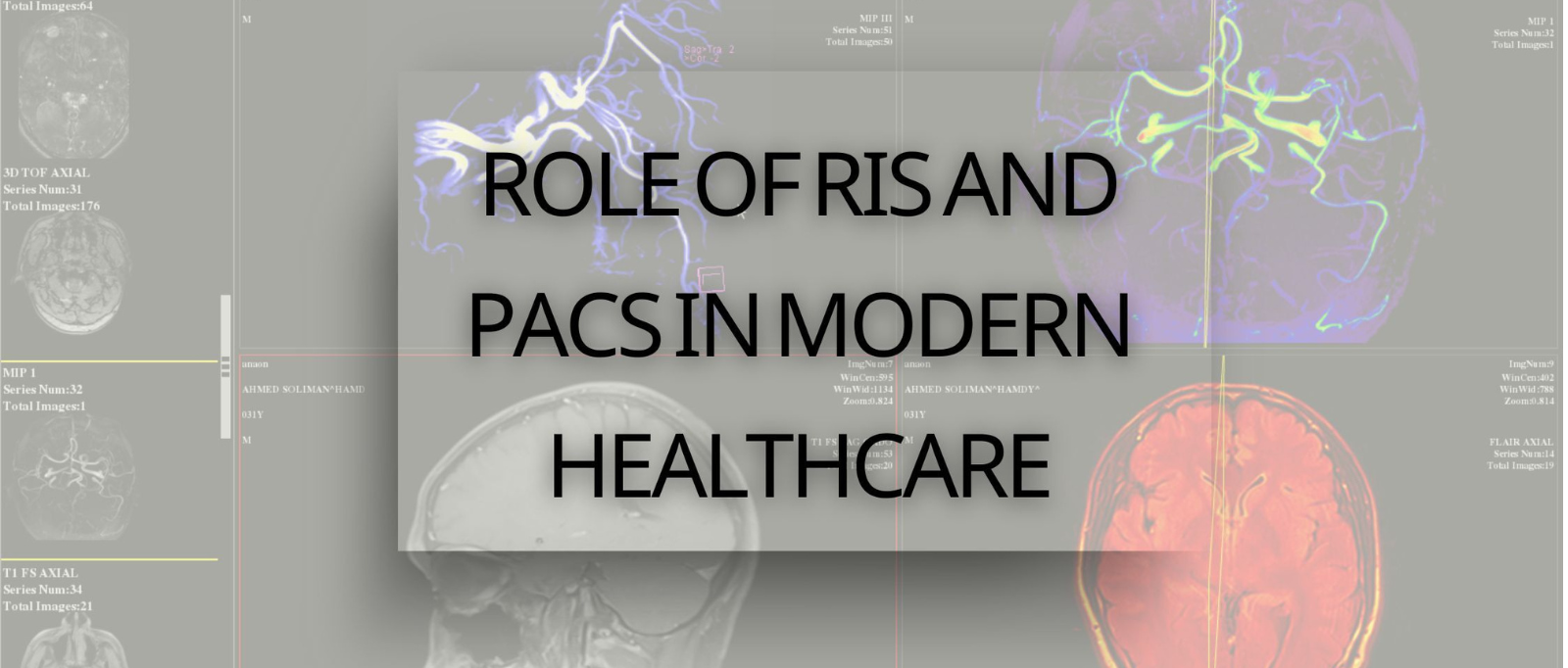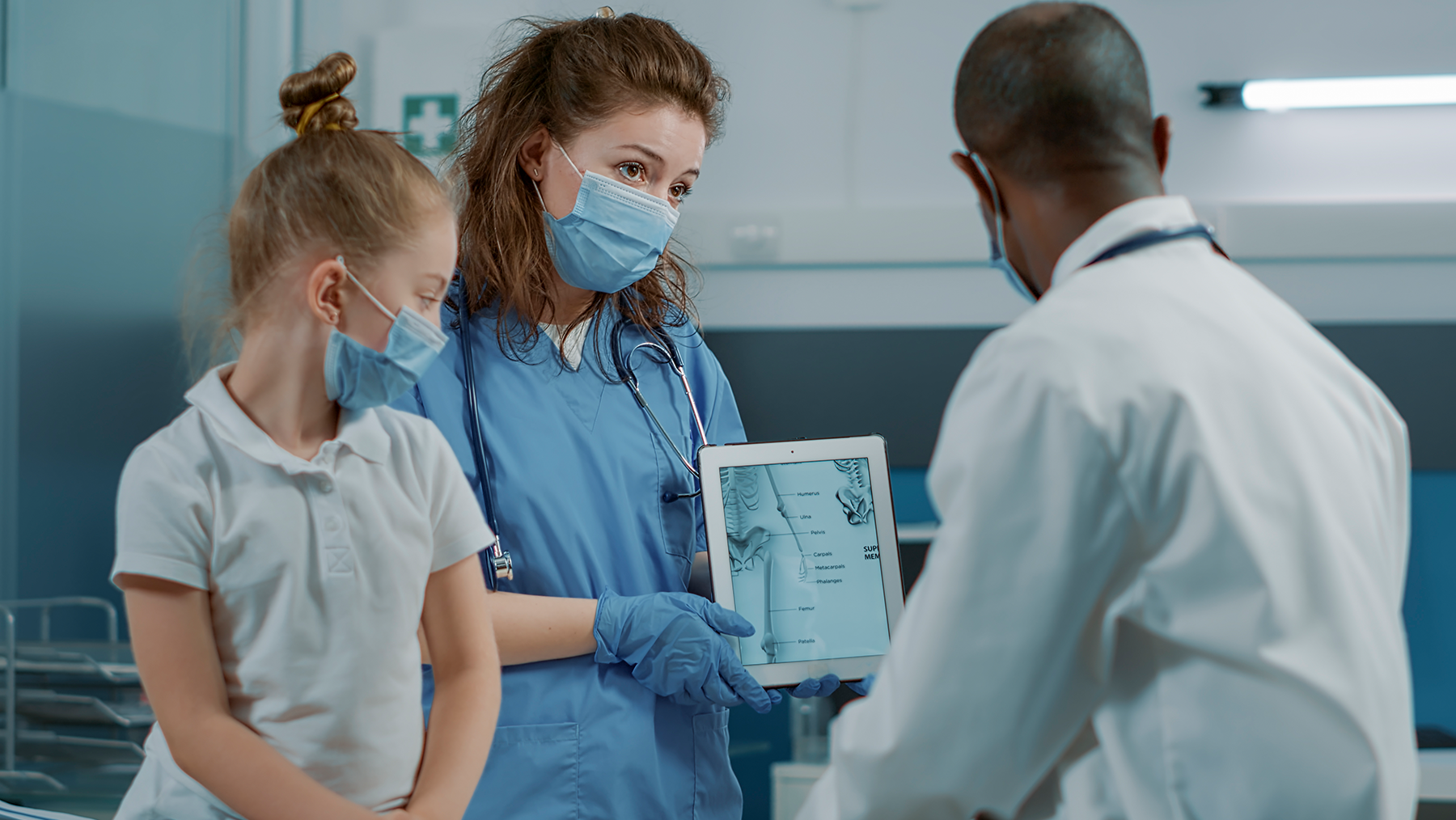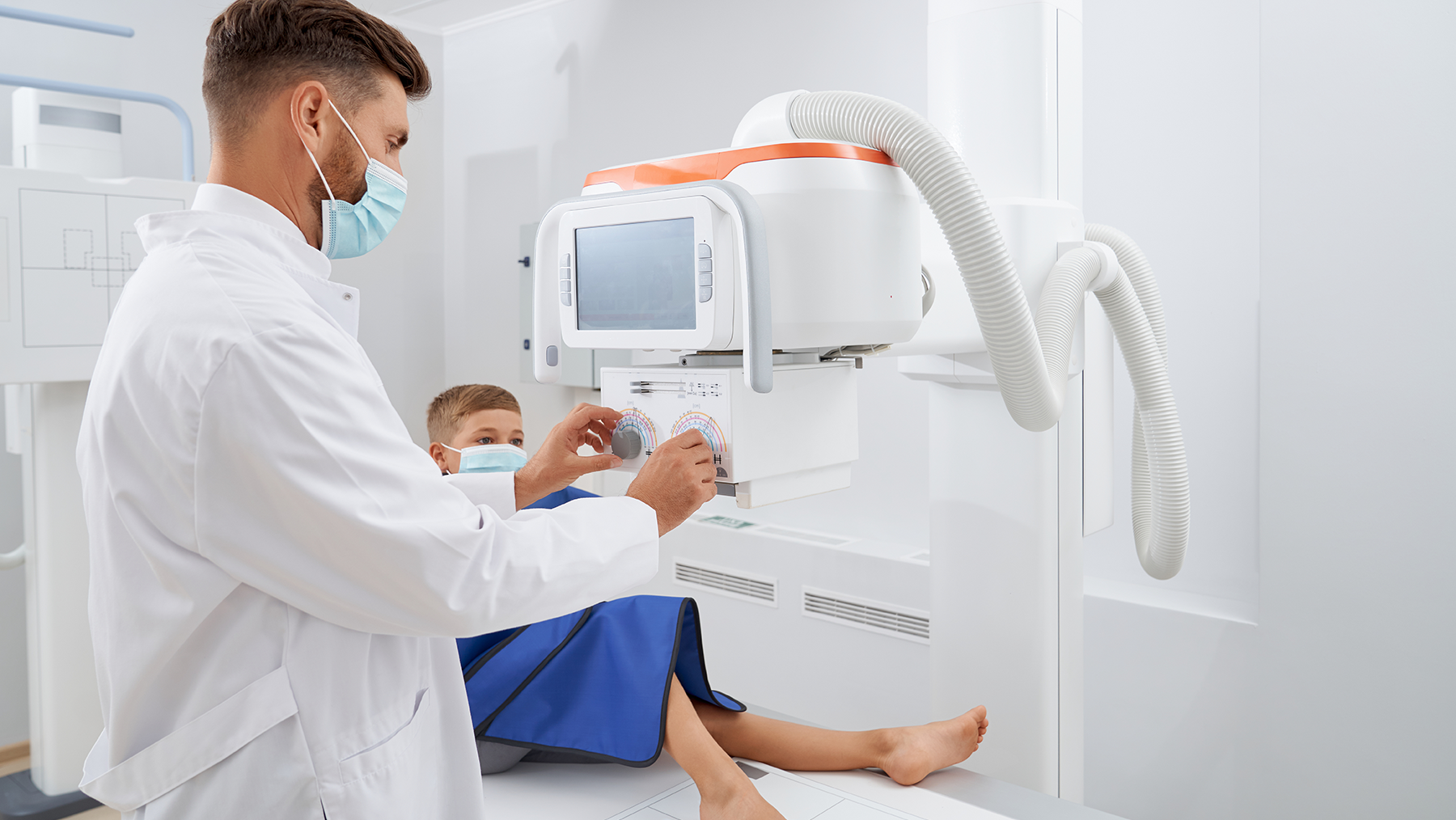
Understanding the Role of RIS and PACS in Modern Healthcare by Radblox
Healthcare has seen remarkable advancements over the past few decades, particularly in radiology and diagnostic imaging. Two vital technologies driving this evolution are RIS (Radiology Information System) and PACS (Picture Archiving and Communication System). But what exactly do these terms mean, and why are they crucial in modern healthcare? In this article, we will dive deep into the roles of RIS and PACS in healthcare, exploring their importance and how they transform patient care.
Introduction to RIS and PACS
Radiology has always been at the forefront of technological innovation in healthcare. The introduction of RIS and PACS systems has significantly improved the way radiology departments operate, enhancing workflow and improving patient care. But what do these systems do exactly? Let’s break it down.
What is RIS?
RIS, or Radiology Information System, is a critical technology in radiology departments. It is essentially a management system that helps medical professionals track imaging orders, store patient data, schedule appointments, and monitor results. Think of it as the organizational brain behind a radiology department, ensuring everything runs smoothly.
What Does RIS Stand For?
RIS stands for Radiology Information System. It is the backbone that supports the daily administrative tasks of radiology professionals, providing them with an easy-to-use platform to organize patient information, imaging data, and reports.
What is RIS in Radiology?
What is RIS in radiology exactly? Simply put, RIS helps radiologists and technicians keep track of patient appointments, imaging results, and report generation. Whether it's a simple X-ray or an advanced MRI scan, RIS ensures that everything is recorded, documented, and accessible, making patient care more efficient.
Understanding PACS
While RIS focuses on the administrative side, PACS (Picture Archiving and Communication System) deals with image storage and retrieval. It allows radiology departments to securely store, retrieve, and share medical images, such as X-rays, CT scans, and MRIs, without relying on physical films.
How Do RIS and PACS Work Together?
The combination of RIS and PACS is like a well-oiled machine. While RIS handles the patient's scheduling, data management, and results reporting, PACS stores and shares the images themselves. The two systems work together seamlessly, ensuring that radiologists have both the data and images they need at their fingertips.
The Benefits of RIS in Healthcare
The introduction of RIS has brought significant benefits to healthcare systems:
Efficiency: RIS automates manual tasks like scheduling, patient tracking, and reporting, cutting down on administrative burden.
Accuracy: Reducing human error in patient data handling by digitally managing all records.
Improved Communication: Healthcare professionals can easily access patient records and imaging results, improving communication across departments.
The Role of PACS in Radiology
PACS allows for the efficient storage and retrieval of medical images, eliminating the need for physical films. Some of the major benefits include:
Space-saving: Digital storage frees up physical space otherwise used for storing films.
Accessibility: Radiologists can access patient images instantly from anywhere within the hospital or even remotely.
Enhanced Diagnostics: With high-resolution images available on demand, radiologists can make faster and more accurate diagnoses.
Improving Efficiency with RIS and PACS Integration
Integrating RIS and PACS systems ensures that radiology departments can operate at their highest level of efficiency. Medical staff no longer have to waste time searching for files, and patients receive their diagnoses quicker, leading to improved care and patient satisfaction.


Common Challenges with RIS and PACS
Despite the many benefits, implementing RIS and PACS systems isn't without challenges:
Cost: These systems can be expensive to install and maintain.
Training: Medical staff need to be properly trained to fully utilize the systems.
Data Security: Handling sensitive medical data requires robust cybersecurity measures.
RIS Radresults: What It Means for Patients
One of the most significant advancements brought by RIS is RIS Radresults. This feature allows healthcare professionals to deliver radiology results quickly and efficiently, improving diagnosis times and treatment planning. For patients, this means faster results and a quicker path to treatment.
The Future of RIS and PACS in Modern Healthcare
As technology continues to advance, the roles of RIS and PACS will only grow. We can expect these systems to become even more integrated with other healthcare technologies, making diagnoses faster and treatments more effective. Imagine a future where your doctor can access both your medical history and imaging data instantly from anywhere in the world. This is the promise that RIS and PACS hold for the future of healthcare.
Final Words
RIS and PACS have revolutionized the field of radiology, streamlining operations and improving patient care. By making imaging data and patient information more accessible and accurate, these systems are essential for modern healthcare. As they continue to evolve, the integration of RIS Radresults will further enhance efficiency and patient satisfaction. The future looks bright with these technologies at the helm.
FAQs
- What does RIS stand for in radiology? RIS stands for Radiology Information System, which is used to manage patient data and imaging results in radiology departments.
- How do RIS and PACS work together? RIS handles the administrative tasks, while PACS manages the storage and sharing of medical images. Together, they streamline radiology operations.
- What are RIS Radresults? RIS Radresults is a feature that allows for faster delivery of radiology results, improving diagnosis times and patient care.
- What are the main benefits of RIS in healthcare? RIS improves efficiency, reduces human error, and enhances communication between healthcare professionals by digitally managing patient data.
- Is PACS only used in radiology? While PACS is primarily used in radiology, it can also be used in other medical fields that require image storage and retrieval.


